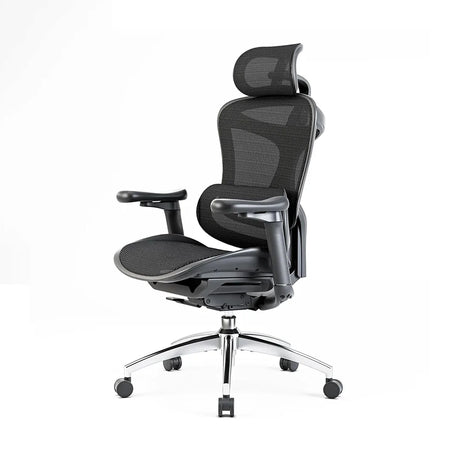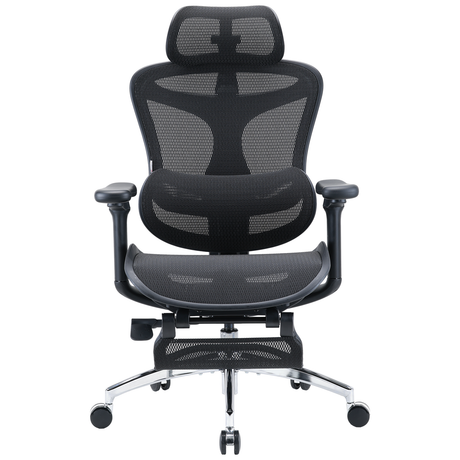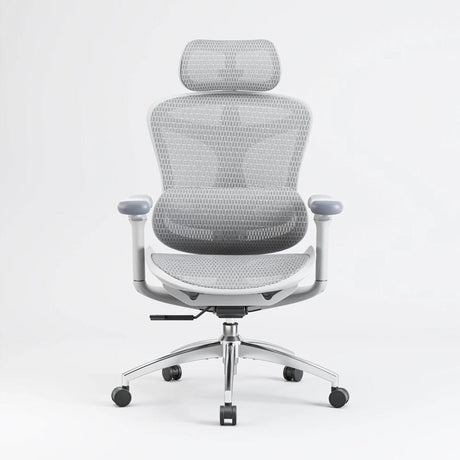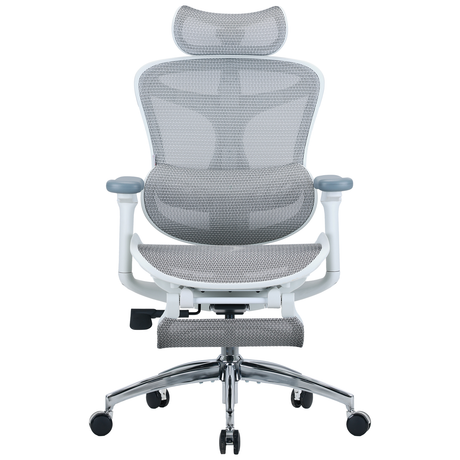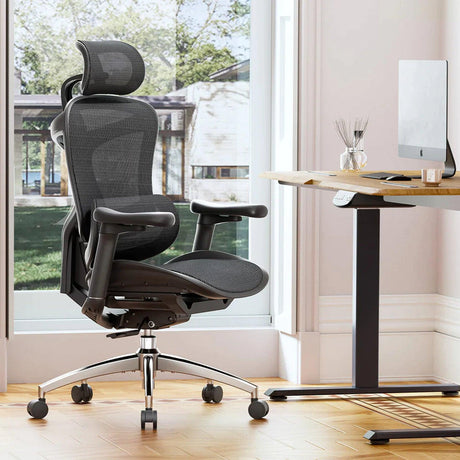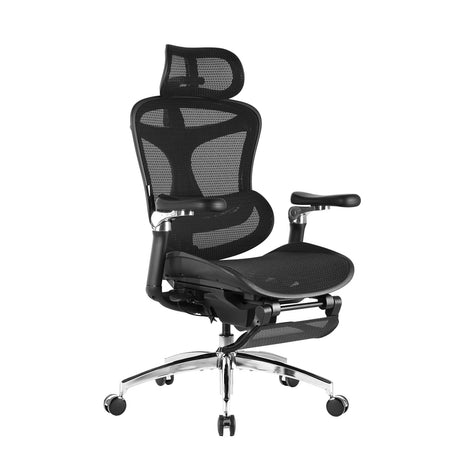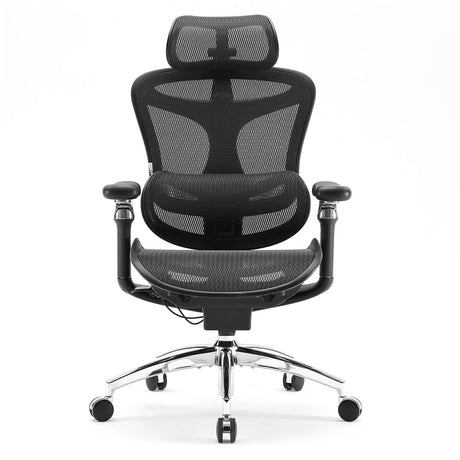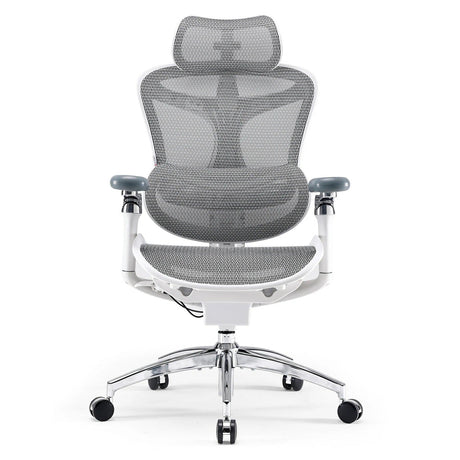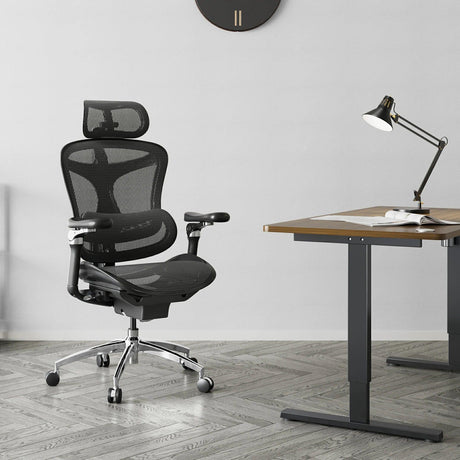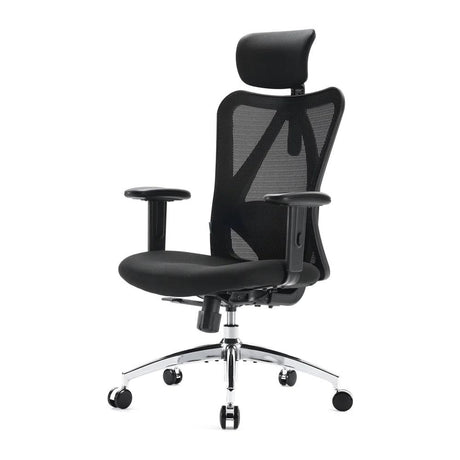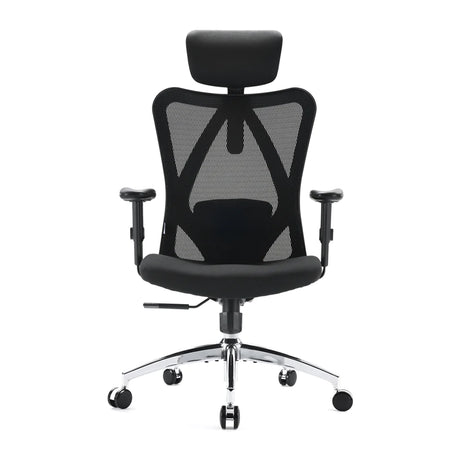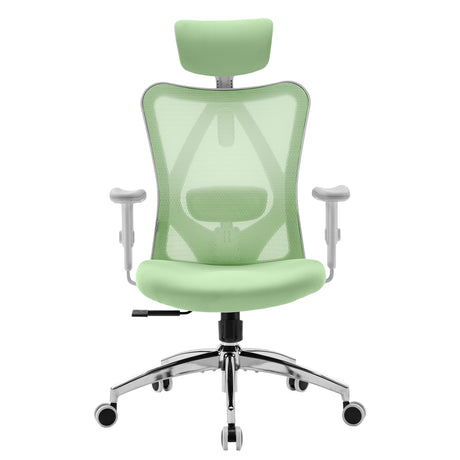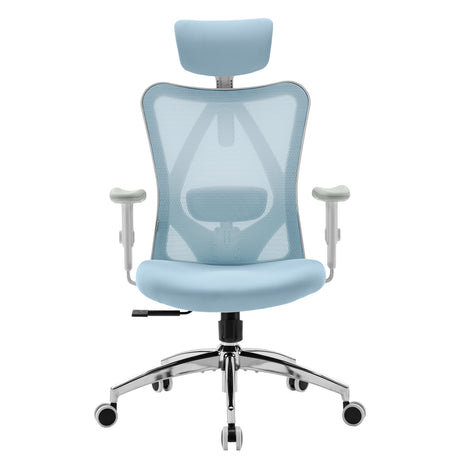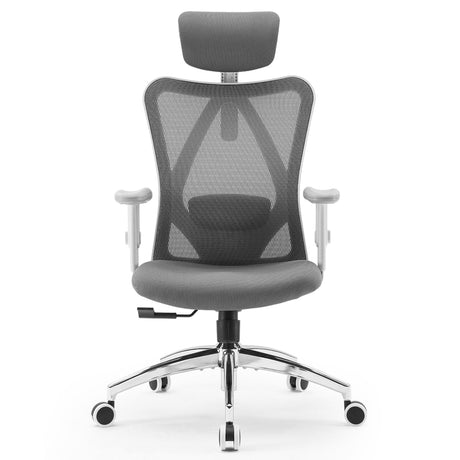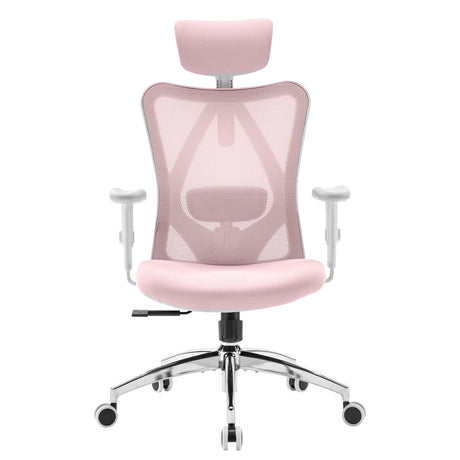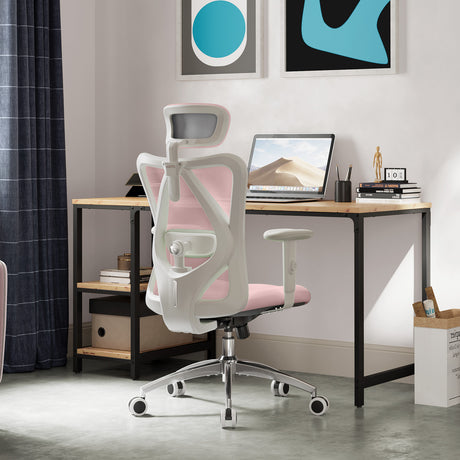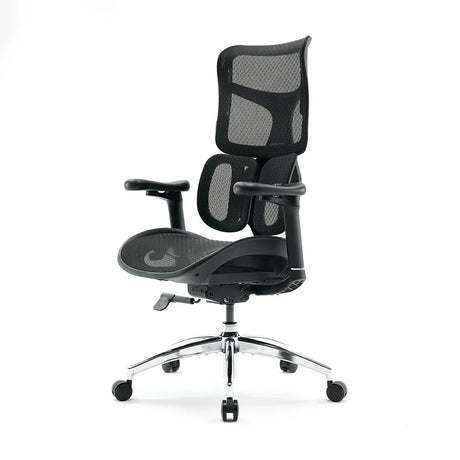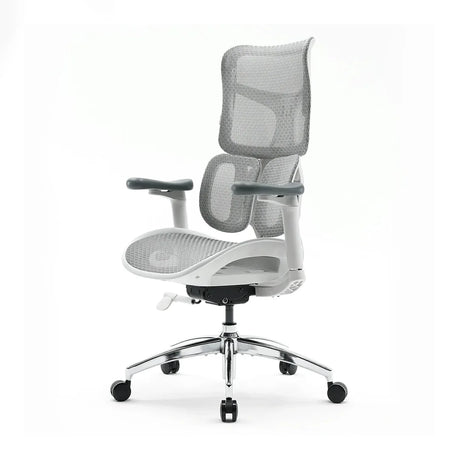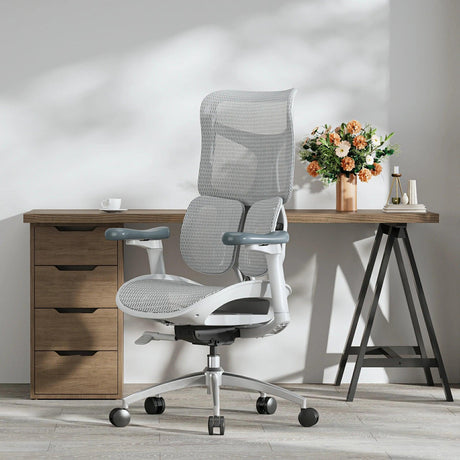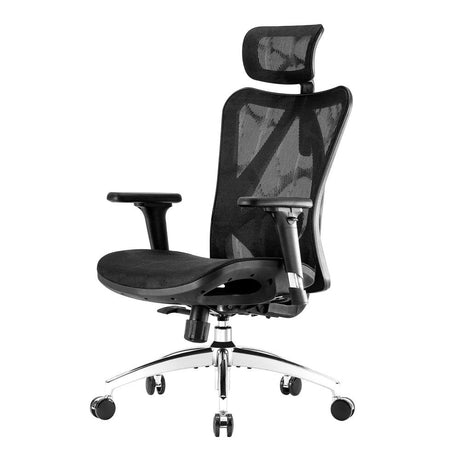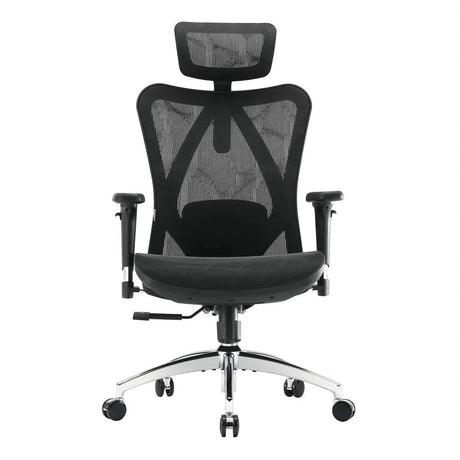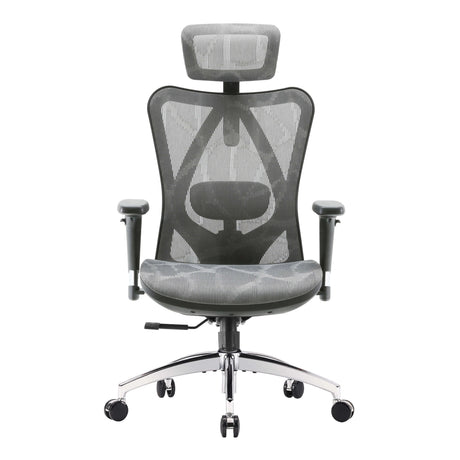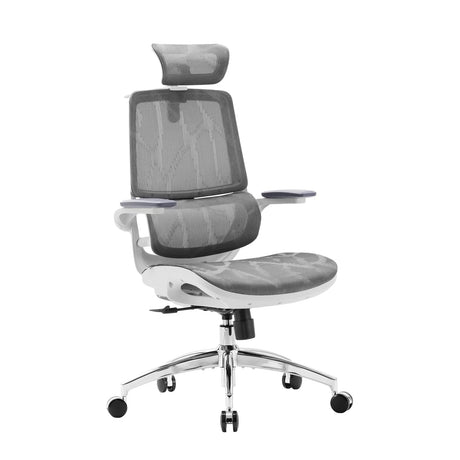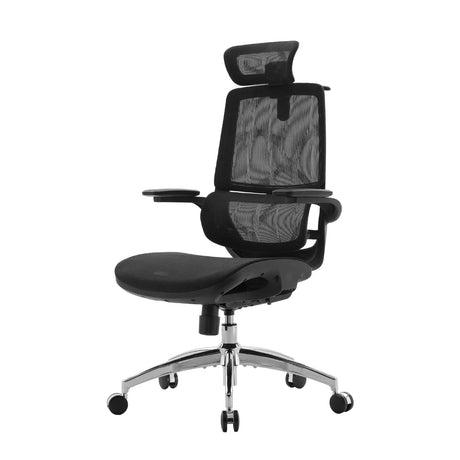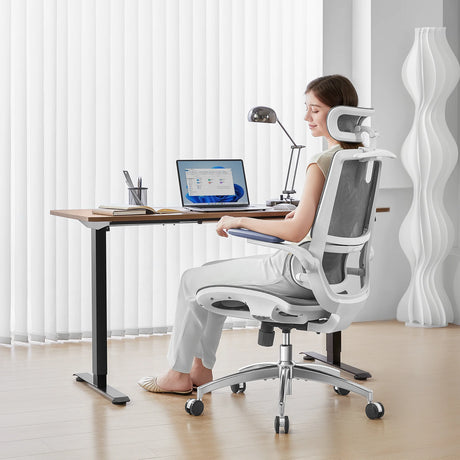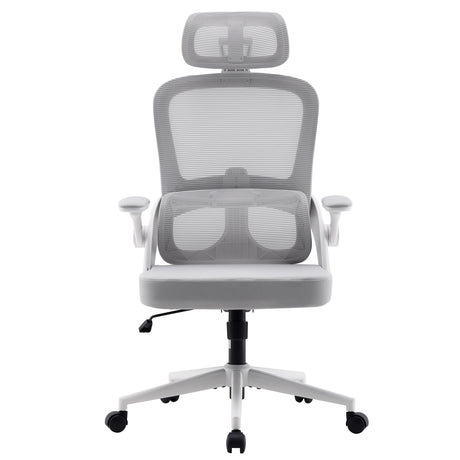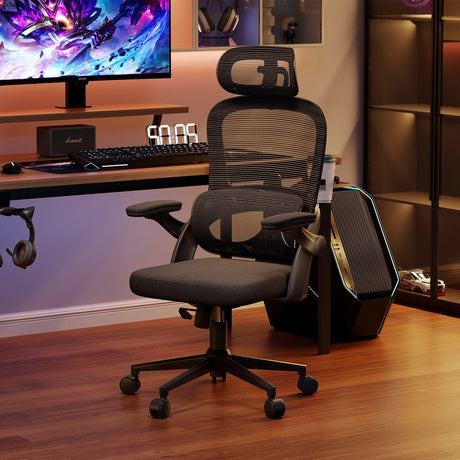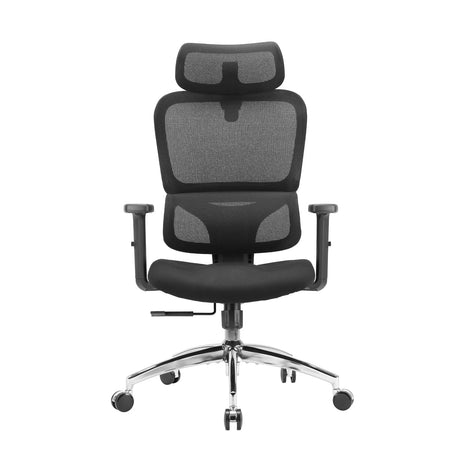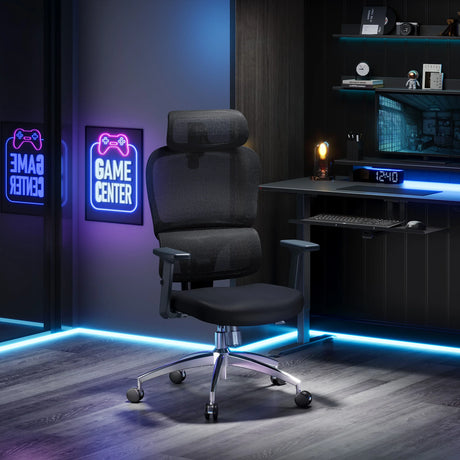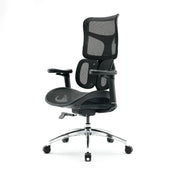In recent years, standing desks have become a game-changer in the world of office ergonomics. Many people are discovering that alternating between sitting and standing throughout the day can help improve posture, increase energy, and even boost productivity. However, simply using a standing desk isn’t enough—it's essential to understand how to use it effectively to avoid discomfort or fatigue.
Whether you're new to standing desks or have been using one for a while, here are some helpful tips on how to best use your standing desk in the long run:
1. Find the Right Height for Sitting and Standing
The first step in making your standing desk truly effective is adjusting it to the right height. The idea behind a standing desk is to allow you to alternate between sitting and standing, so the desk height needs to accommodate both.
Standing Height: When standing, your desk should be at elbow height or slightly below. Your arms should be bent at a 90-degree angle or slightly greater. Your wrists should not be strained, and your shoulders should be relaxed.
Sitting Height: When sitting, adjust the desk so your knees are at a 90-degree angle and your feet are flat on the floor. Your hips should be slightly higher than your knees, which will help reduce pressure on your lower back. Make sure your chair is also adjustable to suit this sitting height.
A desk with a height-adjustable feature, like the Sihoo D03 Standing Desk, is ideal as it allows you to quickly transition between sitting and standing positions.
2. Alternate Between Sitting and Standing
It’s crucial not to overdo it in either position. Spending too much time in a standing position can lead to leg fatigue, while sitting for extended periods can cause stiffness and back pain. The key is to alternate regularly.
Here are some general guidelines:
Start by standing for about 15-30 minutes every hour.
Gradually increase standing time as you get more comfortable.
Try using a timer or app to remind you to switch positions throughout the day.
This “sit, stand, sit” approach helps you maintain a balance, reduce strain, and improve your overall comfort.
3. Use a Mat When Standing
Standing for long periods can put pressure on your feet, knees, and lower back. To alleviate this, invest in an anti-fatigue mat. These mats provide cushioning, which helps reduce pressure on your joints and promotes better circulation. Look for a mat that has a slight slope to encourage micro-movements, which can help engage muscles and prevent fatigue.
4. Move Around Regularly
Even though you’re standing, it’s still important to stay active. Standing still for too long can cause stiffness in your legs and lower back. Incorporate small movements such as:
Shifting your weight from one foot to the other.
Taking a quick walk around the office or your home.
Doing calf raises or light stretches during breaks.
By keeping your muscles engaged and moving, you’ll avoid the discomfort of being in a static position for too long.
5. Maintain Proper Posture
Both sitting and standing require good posture to prevent strain. When using your standing desk:
Keep your shoulders back and your spine straight.
Avoid slouching or leaning forward, as this can lead to neck and back pain.
Keep your head aligned with your spine to reduce neck strain. Imagine a straight line from your head to your hips to ensure proper alignment.
For sitting, use a supportive chair with lumbar support, like the Sihoo Doro C300 ergonomic chair, which encourages proper posture.
6. Mind Your Screen and Keyboard Placement
Your screen and keyboard should be positioned in a way that reduces strain on your eyes, neck, and wrists:
Monitor height: Your monitor should be at eye level. The top of your screen should be roughly at or slightly below eye level, so you don’t have to tilt your head up or down.
Keyboard position: When standing, the keyboard should be at the same level as your elbows, with your wrists straight. In sitting mode, the keyboard should be placed just below elbow level, with your forearms parallel to the floor.
An adjustable desk like the Sihoo D03 Standing Desk makes this process easier, allowing you to fine-tune the height of both your desk and monitor.
7. Take Breaks and Stay Hydrated
Sitting and standing both have their drawbacks, but taking breaks is a great way to avoid long-term discomfort. Remember to:
Get up and move every 30 minutes, even if it’s just a quick stretch or a walk around the office.
Stay hydrated throughout the day. Dehydration can cause muscle fatigue, headaches, and loss of focus.
Relax your eyes: If you’re using a computer, make sure to follow the 20-20-20 rule—every 20 minutes, look at something 20 feet away for 20 seconds to give your eyes a break.
8. Gradually Increase Standing Time
For those new to standing desks, it’s important to ease into the change. Don’t force yourself to stand for hours on end. Start with short intervals—10 to 15 minutes—and gradually increase the time you stand as your body gets used to it. Listening to your body is key: if you’re feeling discomfort, it’s time to sit down.
9. Customize Your Desk Setup for Comfort
Lastly, make sure your standing desk is customized for maximum comfort. This includes:
Monitor height: As mentioned earlier, make sure the screen is at eye level to prevent neck strain.
Footrest: If you’re standing for long periods, a footrest can give your legs some relief by letting you alternate resting one foot.
Keyboard and mouse placement: Ensure that both are positioned to reduce wrist strain. You may want to consider ergonomic accessories like an angled keyboard or wrist rest.
Conclusion
Incorporating a standing desk into your routine offers a range of health benefits, from improved posture to increased productivity. By following these tips on adjusting your desk height, alternating between sitting and standing, and maintaining proper posture, you’ll be able to maximize the potential of your standing desk while staying comfortable throughout the day.
Remember, the goal isn’t to stand all day or sit all day—it’s about finding the right balance and making small changes that benefit your long-term health. With a bit of practice, you’ll be on your way to a more dynamic, comfortable, and productive workday!

